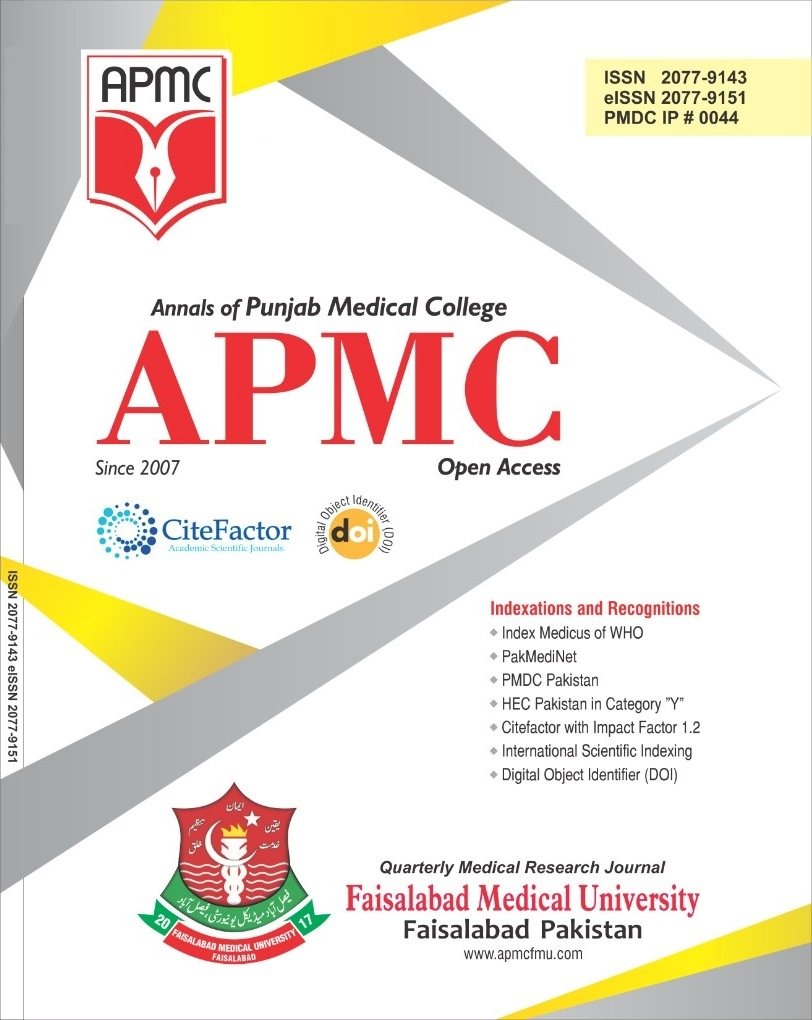Post-Operative Complications Associated with Impacted Mandibular Third Molar Removal
Abstract
Background: The extraction of the third molar is a commonly done treatment that is often accompanied by a diverse range of difficulties. The problems most frequently observed are discomfort, paresthesia, trismus, edema, and mandibular fractures. Objective: To determine the post-operative complications associated with impacted mandibular third molar removal. Study Design: Cross sectional study. Settings: Department of Oral Pathology, Frontier Medical and Dental College, Abbottabad Pakistan. Duration: September 2022 to February 2023. Methods: The study involved cross-sectional analysis of all surgical removals of third molars. The analysis encompassed postoperative complications such as bleeding, trismus, or edema, along with demographic characteristics and the type of impaction. The collected data was organized into a tabular format and analyzed using SPSS software. Statistical significance was defined as a P-value of less than 0.05." Results: There were 133 females (59.1%) and 92 males (40.9%) in the study. In terms of age distribution, the majority of patients (60.0%) were in the 21–30 age group. Regarding retention type, advanced cases were accounted for the majority at 75.6%, simple cases at 21.8%, and complex cases at 2.7%. Among the cases, 34.7% were categorized as minimally difficult (scores 3 to 4), 57.3% fell into the moderately difficult category (scores 5 to 6), and 8.0% were classified as very difficult cases (scores 7 to 10). The data indicates that there were 129 cases of pain, accounting for 57.3% of the total complications. Paresthesia occurred in 17 cases, representing 7.6% of the complications. Mandibular fracture was rare, with only one case, making up 0.4% of the complications. Alveolar osteitis was reported in 28 cases, comprising 12.4% of the total complications. Bleeding occurred in 5 cases, accounting for 2.2% of the complications. Conclusion: The most frequently observed complication was pain, with swelling and trismus following as the next most common.

 This work is licensed under a
This work is licensed under a 